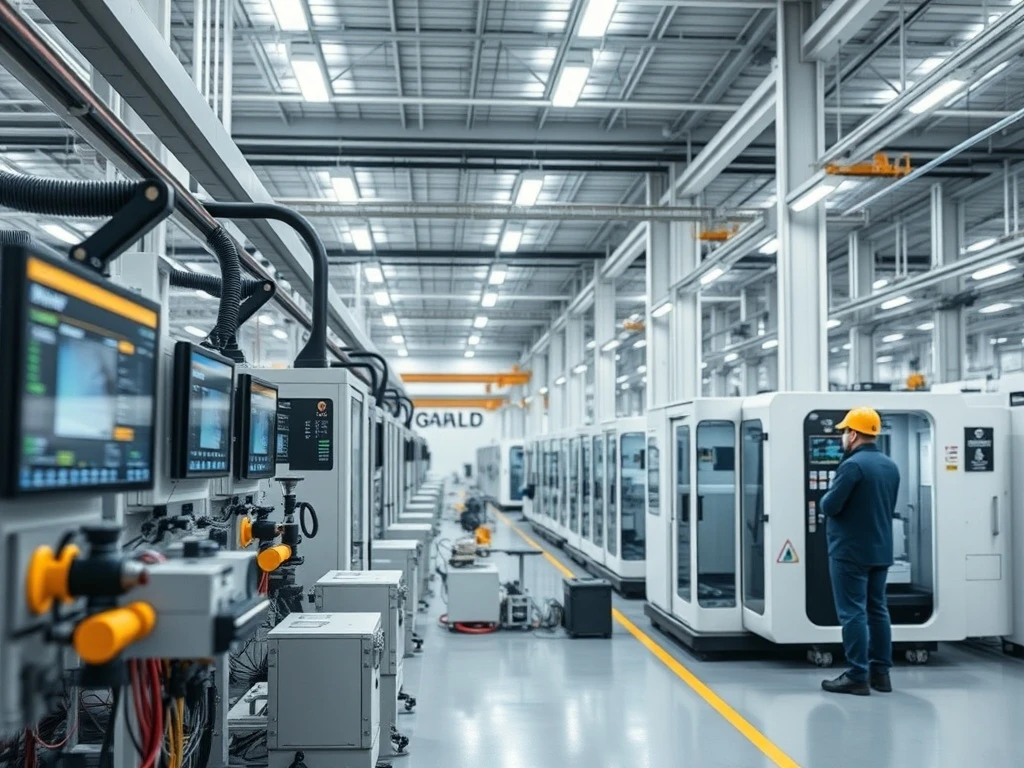Manufacturing leaders constantly seek ways to enhance operational uptime and equipment availability. These critical metrics directly impact productivity, cost control, and customer satisfaction. Companies that master operational uptime gain significant competitive advantages through consistent output and reduced disruptions.
Understanding Operational Uptime Fundamentals
Operational uptime measures equipment performance duration. It represents the percentage of time machinery functions correctly. High operational uptime indicates reliable equipment and efficient processes. Manufacturers track this metric to identify improvement opportunities.
Key Benefits of Improved Operational Uptime
Enhanced operational uptime delivers multiple advantages:
- Reduced production costs from fewer interruptions
- Consistent output quality through stable operations
- Better maintenance scheduling with predictable downtime
- Higher customer satisfaction through reliable deliveries
Essential Strategies for Operational Uptime Improvement
Successful operational uptime enhancement requires multiple approaches. Preventive maintenance forms the foundation of reliability programs. Regular inspections and part replacements prevent unexpected failures. Skilled technicians quickly identify potential issues before they escalate.
Measuring Operational Uptime Performance
Manufacturers use specific metrics to track operational uptime effectiveness. Mean Time Between Failures (MTBF) indicates equipment reliability frequency. Mean Time to Repair (MTTR) measures maintenance response speed. Together, these metrics provide comprehensive operational uptime insights.
Also Read: Orange Powder Coating: The Essential Finish for Australian Distribution Boxes
Advanced Operational Uptime Technologies
Modern solutions significantly boost operational uptime performance. Predictive maintenance uses sensors and data analytics. These systems detect potential failures before they occur. Real-time monitoring enables proactive intervention strategies.
Environmental Factors Affecting Operational Uptime
Equipment environments directly impact operational uptime results. Temperature control prevents overheating issues. Clean conditions reduce contamination risks. Proper ventilation maintains optimal operating conditions consistently.
FAQs: Operational Uptime Optimization
What is the difference between uptime and availability?
Uptime measures active operation time, while availability indicates readiness for operation regardless of current activity.
How often should preventive maintenance be performed?
Maintenance frequency depends on equipment type, usage intensity, and manufacturer recommendations, typically ranging from weekly to quarterly.
What role do operators play in maintaining uptime?
Operators provide first-line detection of abnormalities and ensure proper equipment operation through standardized procedures.
How can small manufacturers improve uptime with limited resources?
Focus on critical equipment first, implement basic preventive maintenance, and train operators to recognize early warning signs.
What technology provides the best return on uptime investment?
Condition monitoring sensors typically deliver the strongest ROI by enabling predictive maintenance and reducing unexpected downtime.
How long does it take to see uptime improvements?
Most organizations notice measurable improvements within 3-6 months of implementing structured maintenance programs.








